When most people consider buying and installing a hot tub or spa, they invariably ask, “Do hot tubs need plumbing?” Fortunately, the answer is that there are very few external requirements, including the need to plumb it in, so it is surprisingly easy to set up a hot tub.
Hot tubs are almost entirely self-contained, so installation requires no plumbing. To install your hot tub, you will only need a method of filling it with water, which can be as simple as using a hose and a suitable electricity supply.
If you read the rest of this post, you will understand what is involved in installing hot tubs.
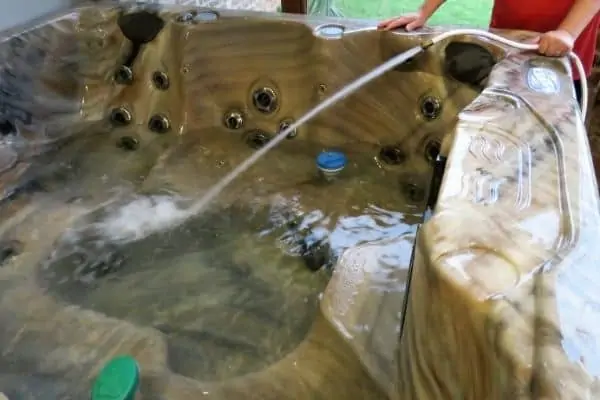
Do you need plumbing for a hot tub?
Most modern hot tubs and spas can be considered self-sufficient units in terms of plumbing requirements.
You don’t need to permanently connect your hot tub to your water supply to fill it, and it doesn’t need to be connected to your drainage system to empty it either (although you could—more on that below).
The only on-site connections you will need will be safe electrical wiring.
This makes hot tub installation easy and keeps installation costs down.
Do hot tubs need a water supply?
You will not need a permanent, dedicated water supply for your hot tub, but obviously, you will need some method of filling it.
However, most people with a hot tub in their backyard will fill it with a garden hose hooked up to a convenient faucet. Even though it was indoors, I even filled my first hot tub with a garden hose.
You could even fill it with a bucket if you felt so inclined, had a strong back and a few hours to spare.
How long does filling a hot tub with a garden hose take?
For most average-size hot tubs, which normally hold around 500 gallons of water, this will only take 45 minutes to an hour until full.
How long to fill the hot tub with a hose will vary depending on your area’s water pressure.
Does a hot tub need drainage?
When it comes to draining a hot tub, most owners do not connect their hot tub to their house’s drainage system.
The two most common methods to empty a spa/hot tub without the need for proper drainage are:
- The most common method is using a submersible pump, quickly emptying it into your backyard or drains.
- Another method is to use a garden hose or other pipe to create a siphon, slowly emptying the hot tub water into an adjacent drain or another part of the backyard.
It is possible to connect certain types of hot tubs to a drain, as many have a drain outlet that you can open to allow the water to empty. This can be connected via pipes to your drainage system.
This is one reason you may want to engage the services of a plumber to connect the drain outlet directly to the drainage system; you cannot make the proper connections yourself.
My second hot tub was initially installed on the top sun terrace of my apartment, so just letting the water out wasn’t an option as it would have flooded the terrace. Therefore I connected it directly to the drain so to empty it I just had to open a valve.
You can read my post describing the various methods for emptying a hot tub in the post – How to drain a hot tub – 4 easy methods
Do you need an outside faucet for a hot tub?
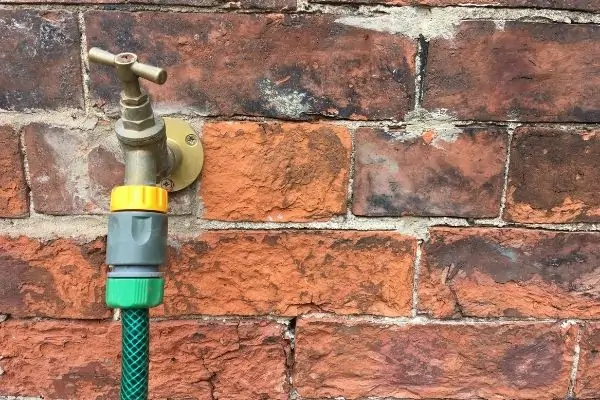
In theory, you do not need an outside faucet/tap to fill a hot tub with water, although assuming your hot tub is located outside in your backyard/garden, having an outside tap will make things easier.
You could even go as low-tech as using buckets to fill a hot tub without an outside tap. Of course, that would take lots of time, but on the plus side, it would certainly keep you fit.
Another option would be to use an adapter on your kitchen faucet and attach a hose to fill your hot tub. This is the method I used for my first hot tub, which was located inside, not outdoors.
Do you need a hot tub electrician to install a hot tub?
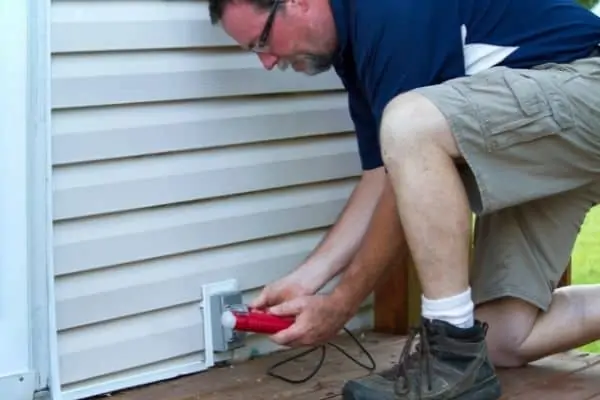
Some hot tubs, mostly inflatable versions, require no special electrical installation. They can be plugged into a regular electrical outlet and run using 110v electricity.
However, most hot tubs and spas need a 220/240v power supply. Check the electrical requirements of your hot tub model in the owner’s manual.
In the US or Canada, this will almost certainly mean that you will need the services of a certified electrician to run the proper electrical wiring.
Although your supply will be 220/240v in the UK, you will still need a dedicated electrical supply for the hot tub, not simply a socket.
In whichever country you are in, the hot tub must be supplied separately to your main power board, with a separate higher-rated breaker (usually 50 amps) than most of your domestic circuits.
Unless your hot tub installation is located a great distance from your home, the costs of installing safe electrical wiring should not be too high.
For example, this is the electrical installation for my ArcticSpas hot tub.
Do I need a permit for a hot tub?
Fortunately, in most states and cities in the US and anywhere in the UK, a permit is not required if you need to install a standalone hot tub or spa on your property, whether indoor or outdoor.
You may wish to contact your local authority for a definitive answer for your area.
A built-in hot tub, perhaps installed as part of a swimming pool, may need a permit, but this will probably fall within the building permit for the entire pool complex.
Hot Tub Maintenance Course
I bought Swim University’s Hot Tub Maintenance Course a while after I bought my first hot tub and struggled to maintain it. It was very well spent and has paid for itself many times over the years as I have saved by not needing to use as many chemicals as I did previously.
Listen to our Hot Tub Course Review Podcast:
How close can a hot tub be to a house?
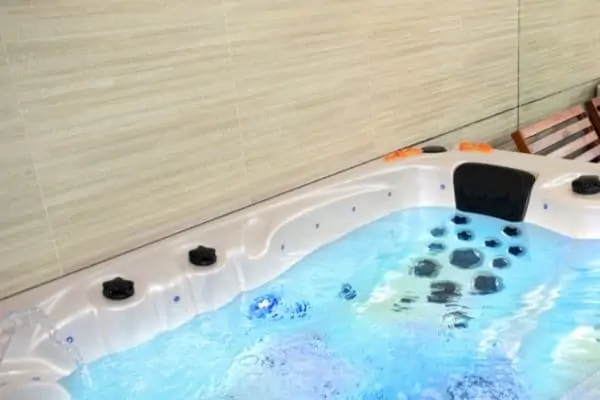
Your new hot tub can be located anywhere you wish, provided the ground it sits on is strong enough to hold it and its water, which will weigh considerably when filled. This can be on a concrete foundation, on a deck, on a floor indoors or even on a rooftop terrace.
The hot tub installation can also be up against a house wall if that suits your situation.
My current hot tub has been set against the back wall of my house for the past 8 years. Before that, it was on the sun terrace of my apartment, right up against a wall.
My first hot tub was previously in my conservatory/sunroom and again set up right next to a wall. None of these installations led to any problems with the spas themselves or the walls they were/are set against.
If the hot tub is located directly up against a house wall, you need to ensure that it is orientated with the side that is least likely to be opened to gain access to repair any problems.
If you do not and, for example, you placed the side with the controls, pump, heater, and other components next to a wall, then having even a minor issue might prove a real headache as the hot tub will probably need to be drained and moved to gain proper access.
In a few states in the US, a hot tub cannot be installed closer than 5 feet from the property line, not the actual house.
Important: You should not site your hot tub anywhere with overhead power lines in the immediate vicinity – for obvious reasons!
Can you put a hot tub on grass?
Although this may seem simple, allowing your hot tub to sit directly on the grass in your backyard is not a good idea.
Firstly, a full hot tub can weigh upwards of 5000 lbs, and although your grassed area may seem solid, that amount of weight will probably cause the hot tub to sink slowly over time.
Also, the base of the hot tub will continually soak up moisture from the ground, leading to rotting.
Ideally, your hot tub installation site should be on a suitable concrete slab or patio with a good foundation. They can also be situated on a suitably strengthened deck or a gravel base.
Summary
In conclusion, understanding the requirements for plumbing a hot tub is crucial to enjoying a fully functional and safe spa experience. Although there are no plumbing requirements for hot tub installation, it is essential to connect a hot tub to the electricity supply; following the manufacturer’s guidelines and seeking professional assistance is also essential.



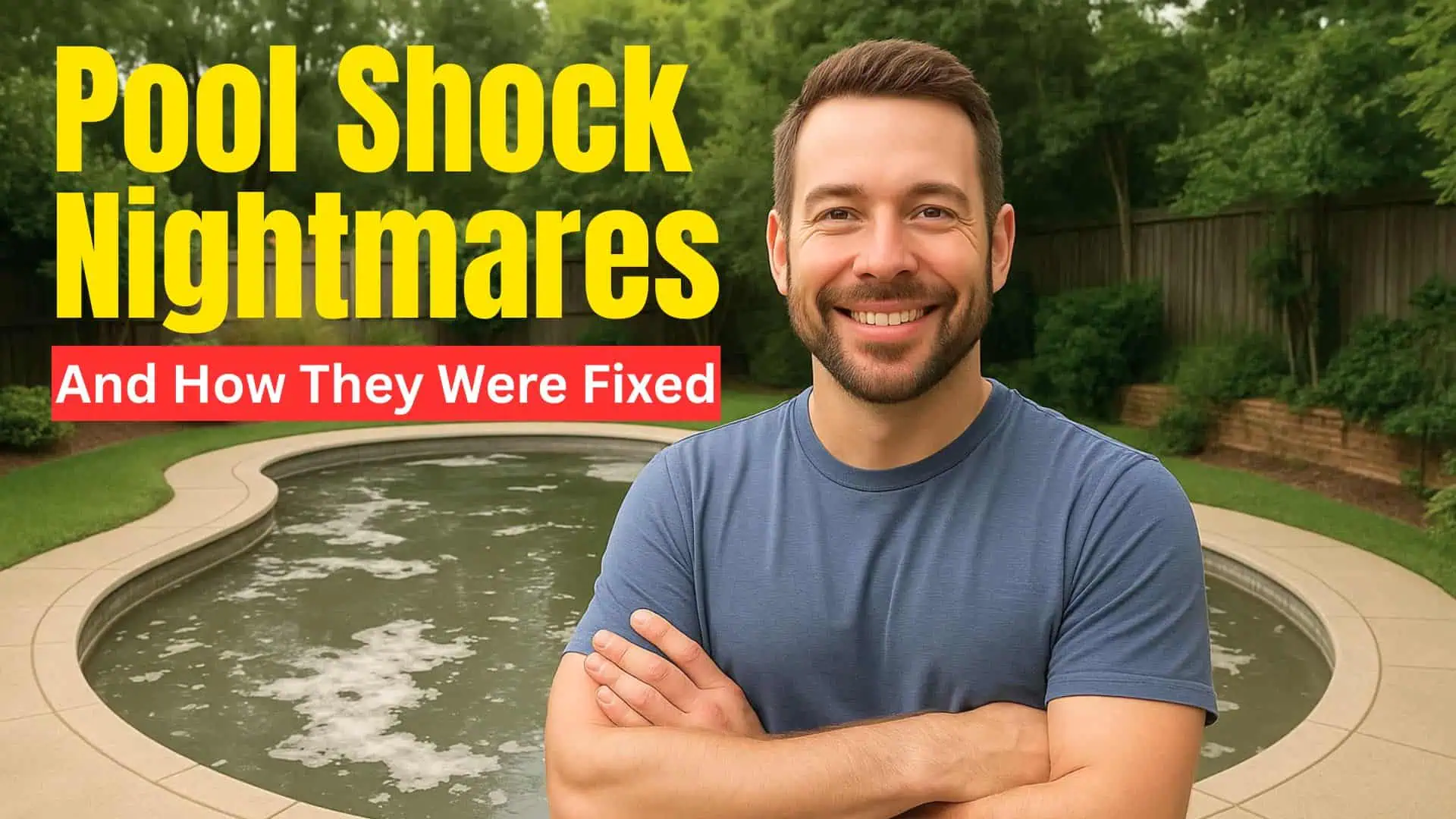
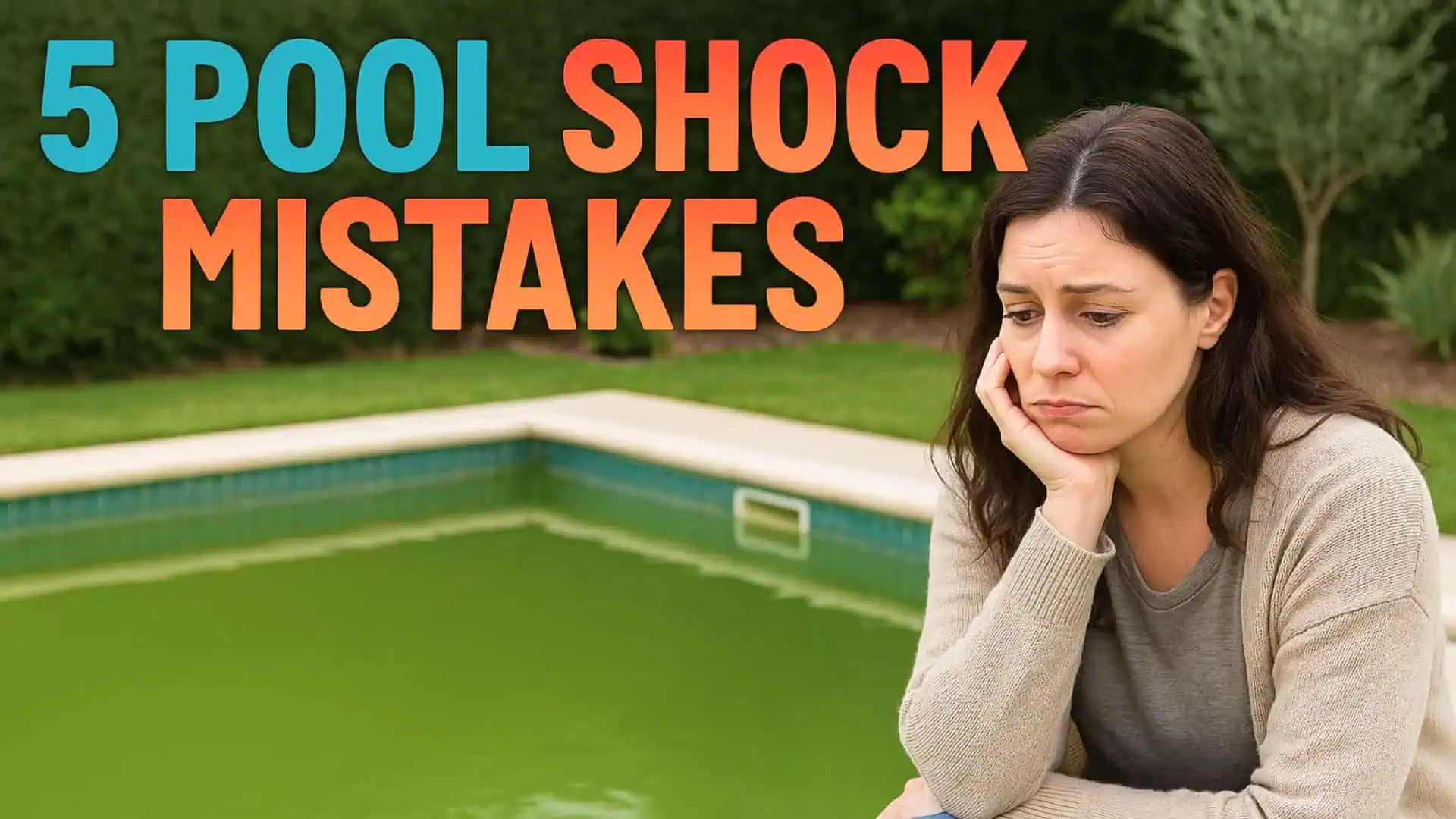
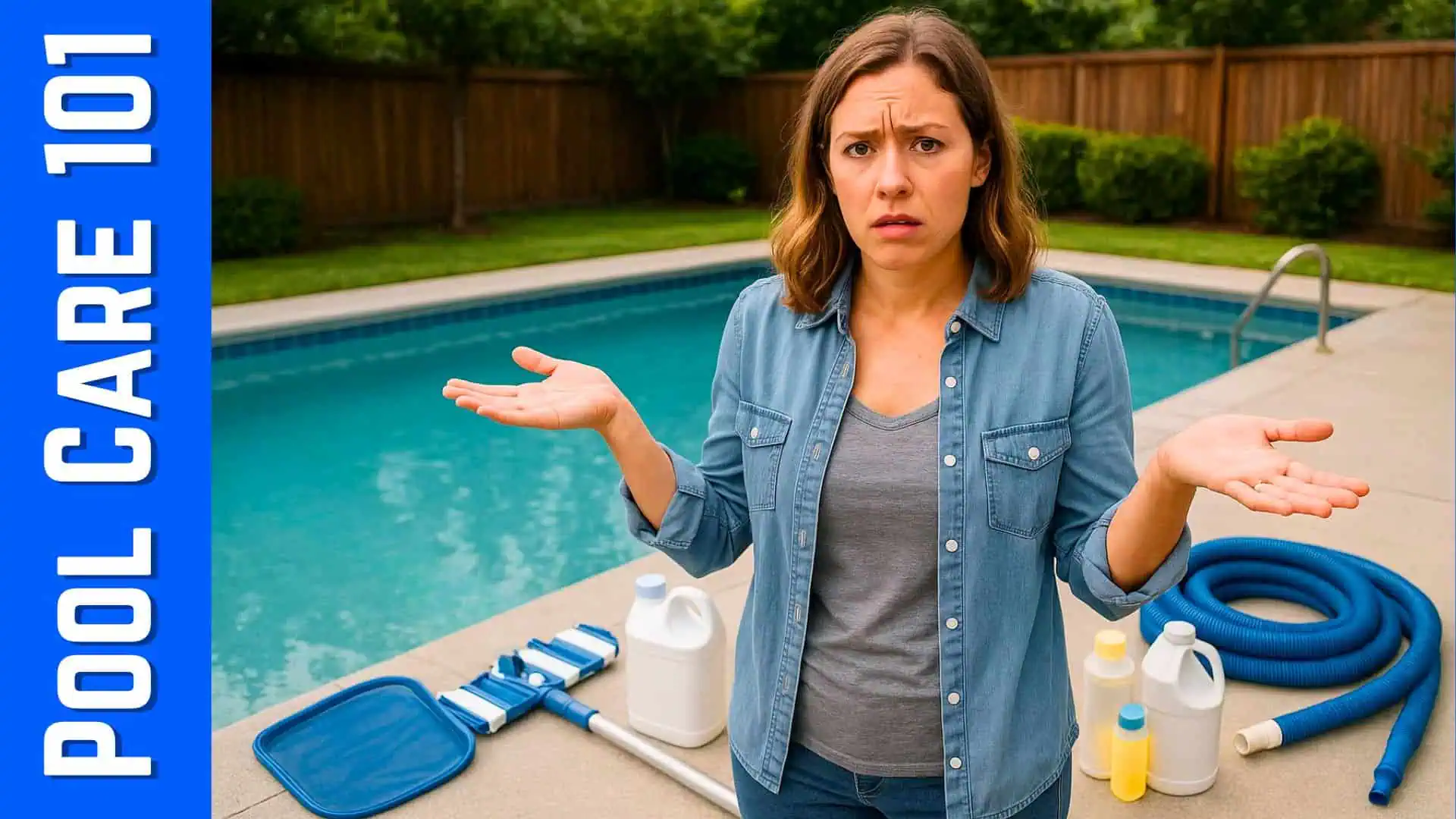
Leave a Reply